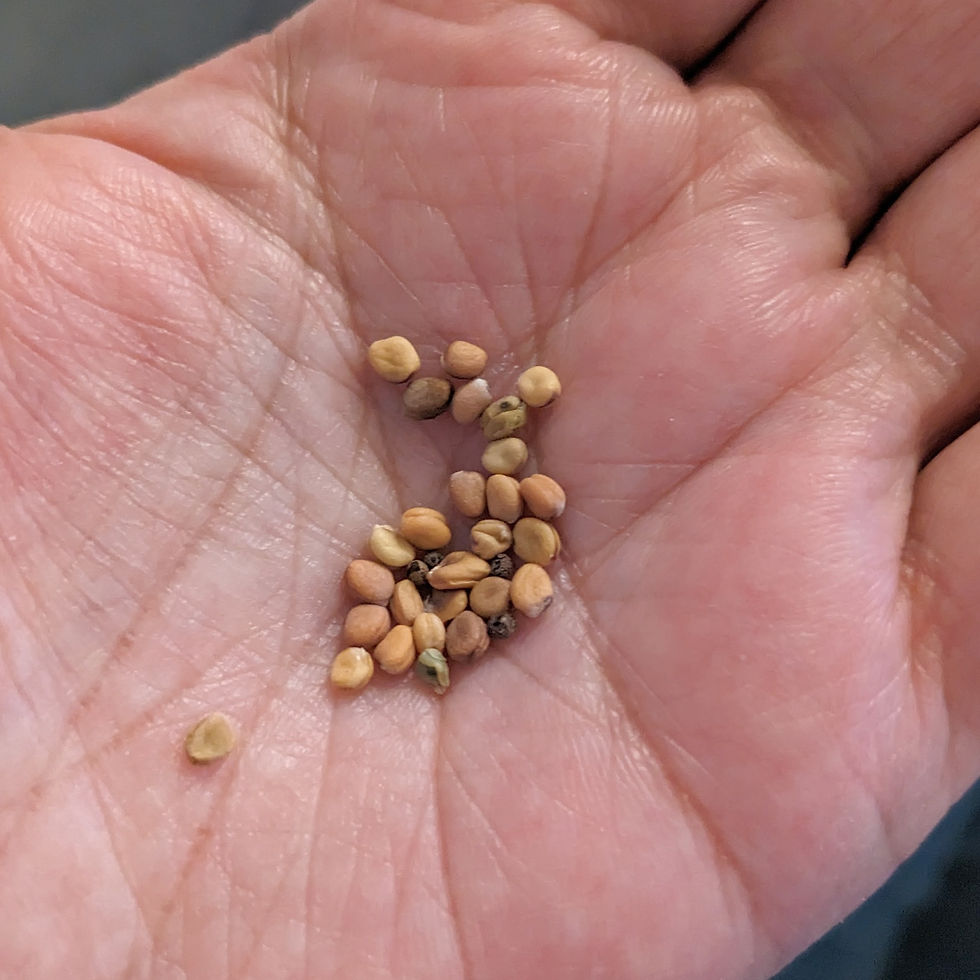Amaranth (seeds) Chinese Multicolor Spinach Colorful Vegetable and Herb Rare
Add a pop of color to your garden with our Chinese Multicolor Spinach Amaranth seeds! The leaves feature vibrant shades of green and purple. This annual or short-lived perennial plant can grow up to 2 feet tall and has an upright growth habit. It thrives in full sun to partial shade and is tolerant of heat and drought. The young leaves and stems are edible and can be eaten raw, stir-fried, or steamed.
Chinese Multicolor Spinach, Amaranthus Tricolor, is by far the most tender and sweetest amaranth for edible greens, making for a vibrant and delicious salad. The young leaves are a perfect spinach substitute; the intricately colored leaves are juicy and succulent. This is the go-to “green” for midsummer when all others have bolted, and can be harvested just 30-40 days from sowing. It is also believed to have medicinal properties and is used in traditional Chinese medicine to treat various ailments. Order now and enjoy a beautiful and nutritious addition to your garden!
A packet of 20 seeds.
Pigweed, Love-Lies-Bleeding, Tassel Flower, Velvet Flower, Red Cockscomb, Prince's Feather, Chinese Spinach, Slim Amaranth, Callaloo, Joseph's Coat, Inca Wheat, Kiwicha, Grain Amaranth, Huauzontle
- Prepare the soil: Amaranth grows best in well-drained soil that is rich in organic matter.
- Work compost or well-rotted manure into the soil to improve its fertility. If your soil is heavy clay, add some sand or perlite to improve drainage.
- Sow the seeds: Amaranth seeds are small, so be careful when sowing them.
- Plant them about 1/4 inch deep and 6-12 inches apart, depending on the variety.
- Water the soil lightly after planting to help the seeds settle in.
- Water regularly: Amaranth needs consistent moisture to grow well, especially during hot, dry weather. Water deeply once or twice a week, depending on the weather and soil conditions.
- Fertilize: Amaranth is a heavy feeder and benefits from regular fertilization. Use a balanced fertilizer (such as 10-10-10) every 3-4 weeks during the growing season.
- Harvest: You can begin harvesting amaranth leaves when they are young and tender, usually around 4-6 weeks after planting. To harvest seeds, wait until the flower heads have turned brown and dry on the plant. Cut the heads off and hang them upside down in a dry, well-ventilated area until the seeds are completely dry.
By following these steps, you can grow amaranth from seeds and enjoy its colorful leaves or nutritious seeds in your garden or farm.























